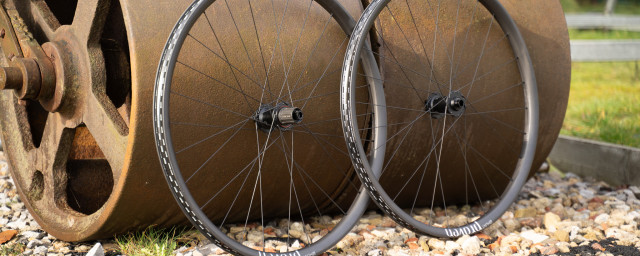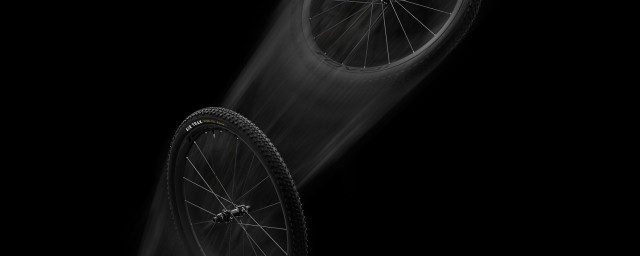Trek joins the lightweight enduro e-MTB race with the Slash+

Evolved from its Slash Gen 6, the Trek Slash+ features a TQ HPR50 mid-drive motor and 580wh battery pack. Rated at 50Nm, this mid-drive motor generates 250w of continuous pedal assistance, which peaks at 300w when required. The bike also runs TQ's new and largest 580Wh battery.
- Scott Lumen eRide 900 e-MTB review
- E-MTB geometry explained: how weight and geometry affect your ride
- Bike check: Fabien Barel's Canyon Strive:ON CFR LTD
Trek’s product team chose the TQ HPR50 motor specifically for its compatibility with the Slash platform’s 170mm high-pivot suspension design and a discreet acoustic signature. In testing, the TQ HPR50 provided pedal assistance at less than half the acoustic resonance of many rival e-bikes.
Unlike the Slash 29er, the Slash+ is only configurable with MX wheels, and 27.5in wheels in the smallest frame size. Other differences between Slash and Slash+ are the absence of an ML size and the Mino-link geometry-adjustment chip. Unlike the unassisted Slash, the Slash+ does offer geometry adjustment but via headset cups, which provide around a full degree of head angle adjustment.
Built for big terrain
True to Trek’s Slash platform heritage, the Slash+ is designed for demanding descents. Whether rolling down raw enduro trails or black diamond bike park sections, the combination of 170mm of fork and rear-suspension travel should deliver all the trail-taming traction you need.
An interesting feature of the Slash+’s high-pivot design is the comparatively large 19T upper-idler wheel. Trek’s designers chose this idler specification to reduce pedal kickback while introducing a rearward axle path.
Matching the potential of the high-pivot suspension system are geometry numbers chosen to place the rider in a balanced and confident position when descents get really steep and challenging. The Slash+’s default head angle is a very slack 63.5 degrees, with 448mm of reach on a size medium. Riders who wish to over-fork the Slash+ can go up to 190mm using single-crown forks only.
Riders planning to use their bikes on extreme descents can use the headset adjustment cups to slacken the Slash+’s head angle to 62.6-degrees, which is more aggressive than many downhill bikes.
Trek values the benefits of size-specific chainstay lengths in balancing responsiveness, agility, and stability. The Slash+ size small features 434mm chainstays, which grow to 440mm in sizes medium and large, peaking at 445mm in the Slash+ extra-large.
The Builds
Trek’s Slash+ is available in two build options. At £7,500, the Slash+ 9.7 features a Fox Rhythm 38 paired with Fox’s Performance Float X shock. It rolls Bontrager Line Comp 30 wheels shod with 2.5in width Bontrager XR5 Team Issue tyres. The drivetrain and brakes on the Slash+ 9.7 are a mix of Shimano XT/SLX, with brakes being four-piston M6120s. The Slash+ 9.7 weighs 20.38kg (44.94lb).
The upgrade to Trek’s £11,000 Slash+ 9.9, changes most of the components spec from Fox/Shimano to RockShox/ SRAM. Slash+ 9.9 has a RockShox ZEB Ultimate fork and brand-matching Vivid Ultimate shock. The drivetrain upgrades to SRAM’s wireless AXS T-Type system in the XO-grade, with brakes being SRAM Maven Silvers.
Completing the Slash+ 9.9’s premium build are enhanced wheels and tyres. It rolls carbon Bontrager Line Pro 30 wheels with Bontrager Team Issue tyres, SE6 front and SE5 rear. Curiously, the Slash+ 9.9’s 20.88kg (46.04lb) build weight is heavier than the less expensive 9.7.















